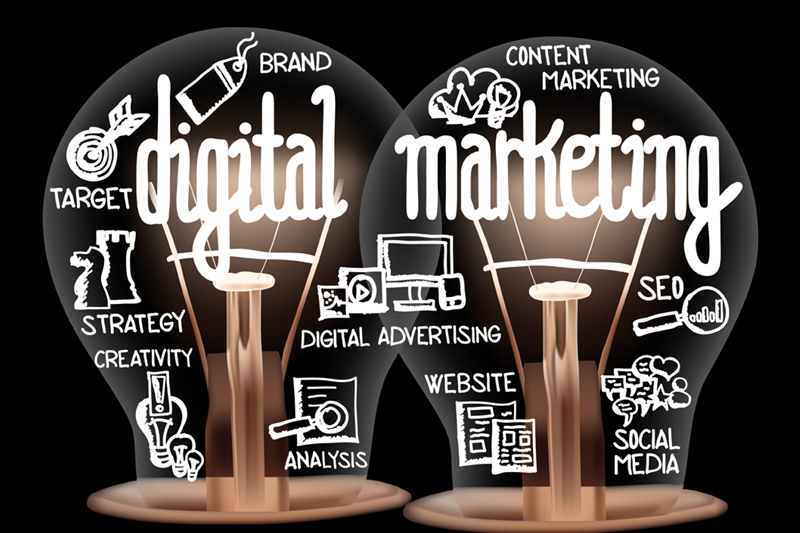
Jamie Pierce, Marketing Director at Agency 53, discusses the evolution of marketing strategies within the merchant landscape.
The definition of what for years has been broadly termed ‘marketing’ is now a highly specialised and skilled subject matter which constantly continues to evolve. Long gone are the days of simply producing ‘flyers’ and ‘posters’ and expecting customers to react and engage, or indeed buy on impulse. Engagement and action is now driven by using multi-faceted media platforms.
Marketing has also moved far beyond basic branding and mission statements. The ‘colouring in’ department is now a highly skilled, knowledgeable and technically qualified workforce. Previously viewed as a cost to the business, it should really be seen as a vital income generator.
The delivery of strategies and plans to enhance measurable business performance and success are as integral to any company as managing finance, health and safety or operations. What must also be recognised is that the skills and techniques of the digital world must be embraced and not ‘blindly’ ignored through ignorance or fear. They will become an even greater driving force in the success and growth within the merchant sector.
Indeed, digital marketing is one of the fastest-growing forms of marketing and has the potential to achieve incredible results at relatively low cost. Specific markets and sectors can be analysed and targeted, allowing maximum measured impact and reward.
The promotion of your brand and the connection to potential customers should include not only email, social media and web-based advertising but also text and multimedia messaging as a marketing channel. Principally, if a marketing campaign involves digital communication — it’s digital marketing. The key to success nonetheless is the generation of a steady flow of targeted traffic that provides leads and conversion into sales.
95% Nearly 95% of a person’s first impression relates to web design, so it’s a crucial factor in your online marketing plan.
The greater the generation of this kind of traffic, the faster you can realise your return on investment.
Digital Trends for 2022
1: Embrace the digital power…
The builders’ merchanting sector has always been recognised as a ‘traditional’ industry, however it must unlock the power and learn to embrace new techniques and skills. Like it or not, the world is rapidly becoming digital and businesses who ignore this form of marketing are in danger of being left behind.
And as customer demographics have changed, so to have their buying behaviours, experiences and expectations. It is imperative that merchants learn to engage across these channels.
The Covid pandemic accelerated an eCommerce boom with progressive merchants adapting and transforming their digital footprint in a relatively short space of time. These merchants are now reaping the rewards of their investment. They have moved on from simply just having a website presence by utilising the additional marketing components and realising the benefits and rewards they offer.
2: Social media commerce
You cannot underestimate the importance of the major role social media has in every stage of the buying journey. It will continue to be the best place to engage with, sell to and service customers online. For businesses, that means social selling should be given as much thought and care as the in-person branch experience.
Today, 70% of people in the UK have used social media for customer service, whether that is to ask a question or voice concerns about a product or service. During 2021, the UK adult spent on average 109 minutes per day scrolling on social media (statista.com). It’s been crucial in fuelling increases in the amount of time that people spend online, and numbers continue to grow faster than they did pre-pandemic, with the global total still increasing at a rate of almost 13.5 new users every second (Hootsuite, 2022).
The huge benefit of advertising on social media platforms is that it can be easily tracked and monitored with immediate results. They offer in-built engagement metrics, which are essential in helping you to understand how well you’re reaching the audience.
3: Utilise visual content
Video is replacing static assets. Companies are turning to live video as a new way to communicate with their customers. In the past, brands used social media to share posts and images but now there is so much more opportunity to create content. People love to consume video and it will become the basis of all marketing campaigns in 2022.
Visual content has the power to imprint your brand’s identity in to the mind of potential customers for a longer period compared to text. It is also easier to communicate ideas via visuals than written text. If you are not creating marketing videos yet, you should consider developing your strategy to include this.
75% 75% of UK audiences now use the web to research a product before buying.
Takeaways
On average, it costs five times as much to gain a new customer as it does to retain an existing one. Not only does digital marketing reach a broader audience than traditional marketing but it also carries a lower cost. And of course, the traditional branch front isn’t dead! However, I would strongly encourage you to see digital marketing and social commerce for what it is; a massive opportunity for your business.
Agency 53 is a creative marketing agency specialising in construction, building materials and property services that helps firms to “drive their business growth through carefully curated marketing campaigns, brand awareness and building their sales funnel”.
Click here for more information.










